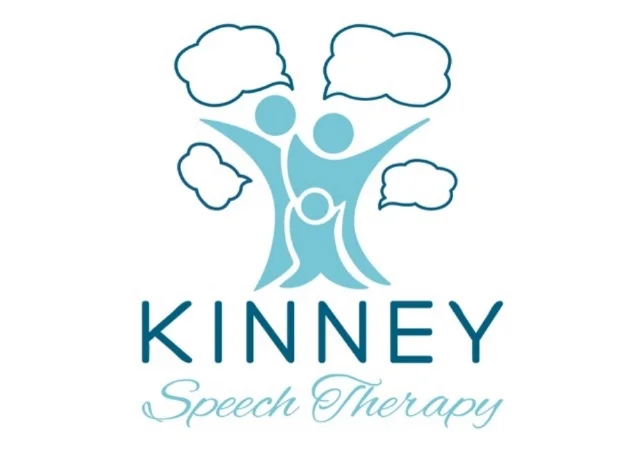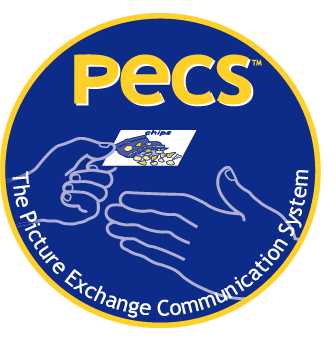Therapy Methods & Advanced Training
Kinney Speech Therapy provides a variety of therapy methodologies and techniques to design a treatment plan that is tailored to meet each individual's unique speech, language and social skills needs.
In addition to general intervention methods, Britta Kinney has completed advanced training in all of the following evidence-based speech, language or social skills therapy methods and interventions.
The Kaufman Speech Protocol (KSP) is an intervention program that teaches children with childhood apraxia of speech to make successive approximations to improve motor-speech coordination and increase speech intelligibility. The KSP teaches the spectrum of motor speech production from word approximations into words and sentences, utilizing behavior modification techniques for successful approximations combined with knowledge of typical phonological development.
Applied Behavior Analysis (ABA) includes interventions that are designed to analyze and change behavior in a measurable and accountable manner, and these interventions are useful for teaching many communication skills. ABA interventions usually include analysis and objective measurement of a defined behavior, systematic intervention, analysis of effectiveness, and skill generalization. Some specific ABA intervention methods include Discrete Trial Training, Pivotal Response Training, and the Picture Exchange Communication System.
Discrete Trial Training (DTT) is an ABA intervention method that teaches skills in simplified and structured steps, and DTT can be used to teach many different communication skill. Skills are broken down and then “built-up” to provide scaffolding by using discrete trials that teach each step one at a time, with lots of opportunities to practice. Each DTT teaching unit consists of an antecedent or stimulus, the response or behavior, and a consequence to the behavior.
The Picture Exchange Communication System (PECS) is designed to teach functional communication skills through the exchange of picture symbols to communication within a social context. PECS is an ABA based intervention focused on spontaneous functional communication. There is evidence that PECS is easily learned by students with limited verbal skills, and research has shown that many using PECS also begin developing speech.
The DIR Approach is relationship-based and involves relating to a child with respect and reciprocity to improve social interaction and engagement to improve functional pragmatic language and social skills. Floortime intervention focuses on building reciprocal interactions or circles of communication, with the goal of sustaining engagement, which is the basis for further play and social communication development.
The Expanding Expression Tool (EET) is a multisensory program to improve oral and written language expression, including defining and describing vocabulary. Using a mnemonic device, it provides visual and tactile information to cue students to incorporate more details and description in their expressive language. It can also help expand word choice, keep students on topic, reduce the need for prompting, and improve organization and comprehension. Its hierarchical approach can be used with students of all ages and abilities, from single word expression to descriptive paragraphs and full reports.
Social Stories are a social learning tool utilizing visuals and individual specific stories to teach social skills and appropriate behaviors. Originally developed by Carol Gray, social stories can be used with any individuals with communication and social skills deficits to target specific behaviors or provide front loading for difficult situations.
Social Thinking® has created the Social Thinking Methodology that teaches the process and strategies for improving an individual’s ability to do social thinking and related social skills. Social Thinking® programs are language-based approaches best utilized by people with solid language and cognitive skills, ages 4 years through adulthood.
Click on the logo above to be taken directly to our contact page!
Pivotal Response Training (PRT) is an ABA-based strategy that combines the systematic nature of discrete trial training with the naturalistic instruction for generalization of skills. PRT, like incidental teaching, is a child-led strategy that uses child preferences or interests to develop teaching opportunities to keep motivation and engagement high, and has shared control and turn-taking embedded in tasks. In PRT reinforcers are functionally related, and so PRT is great for teaching the social and communication skills that really work best learned in the natural environment.
The Hanen Center's "It Takes Two To Talk" Program is a parent education program that teaches parents how to help their child communicate and learn language during everyday activities. "It Takes Two To Talk" is designed specifically for parents of children with language delays, and is based on the principles that learning happens naturally, that parents are their child's most important language teachers, and that early intervention is the most effective. As children learn language best during everyday routines and conversations with the important people in their lives, parents learn strategies to enable them to turn every day activities into fun and natural opportunities to build strong language skills.
The Affect-Based Language Curriculum (ABLC) is a developmental approach that focuses on engagement, reciprocity, imitation, comprehension, expressive language, and social skills. The ABLC is useful for teaching communication, language and speech skills to children with developmental delays and social interaction deficits (such as children on the autism spectrum). Skills are taught within the context of back-and-forth interaction, incorporating DIR/Floortime and systematic instruction.
The Story Grammar Marker® (SGM) is a hands-on, kinesthetic tool with icons that represent the essential parts of a story. Children and adults can use the icons to “mark” or keep track of the situation unfolding in a story in an organized way, to improve comprehension and story construction. The SGM® is used to help children, adolescents and adults think, communicate and learn through stories
The SCERTS® Model is a multidisciplinary framework that addresses the core challenges faced by persons with ASD and other related disabilities. SCERTS® focuses on building competence in the areas of social communication, emotional regulation and transactional support, and is applicable for individuals with a wide range of abilities and ages across settings.
















